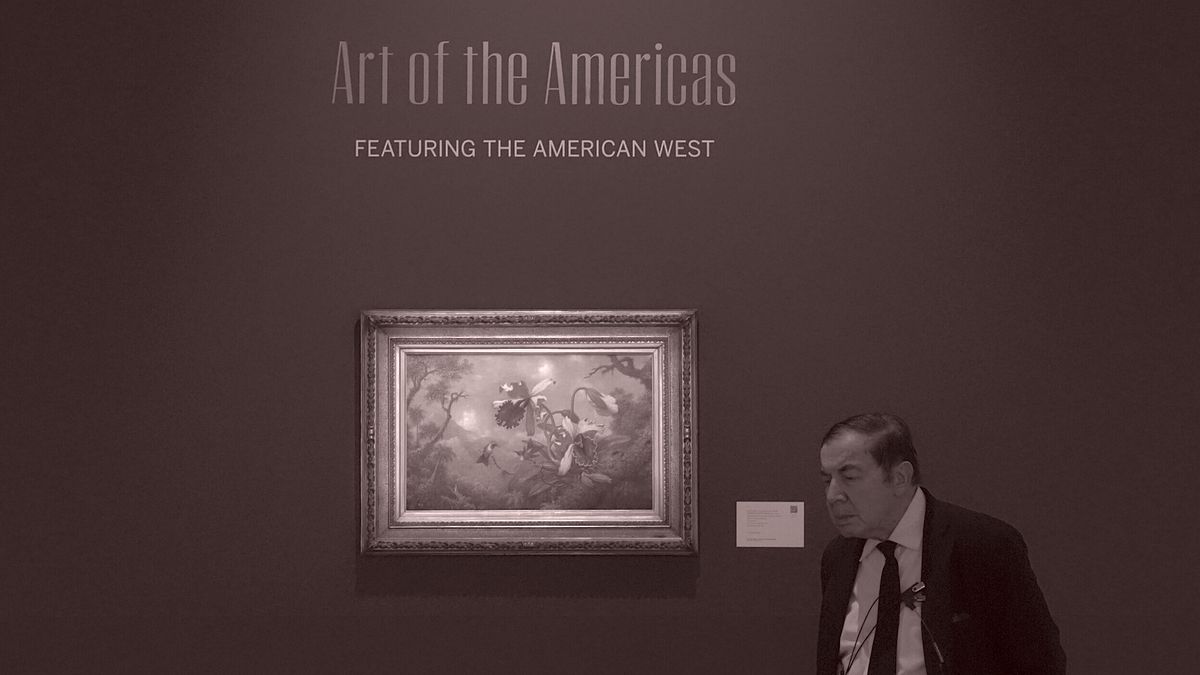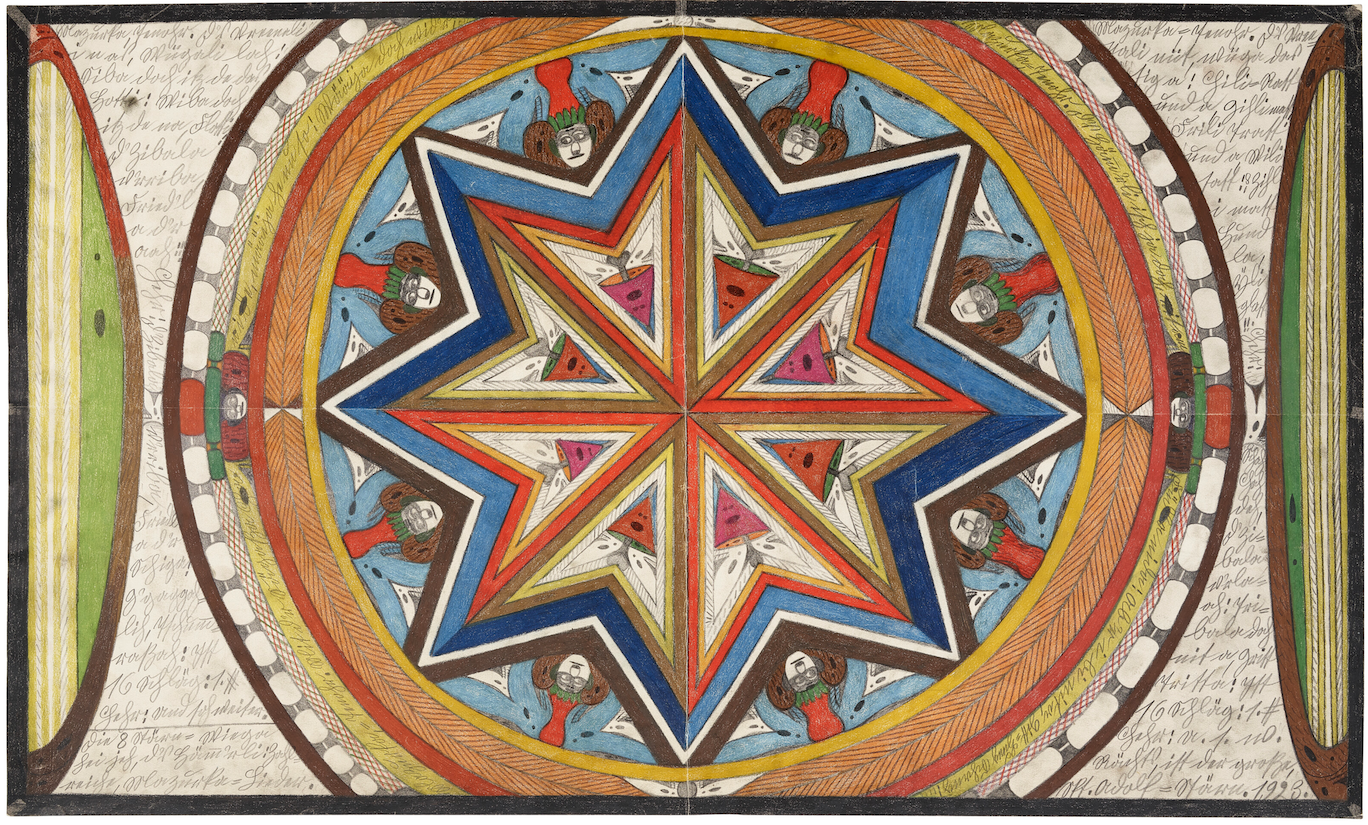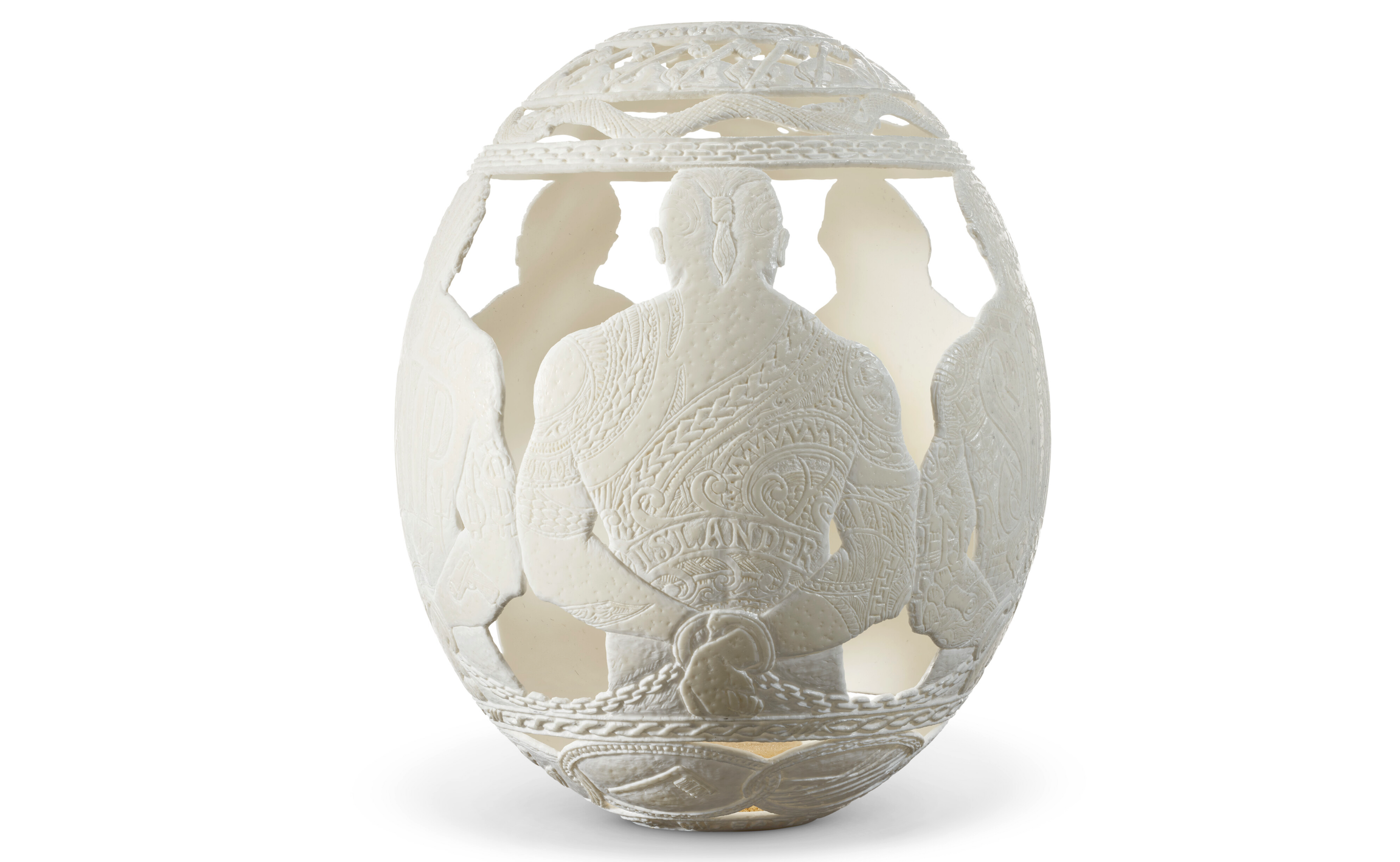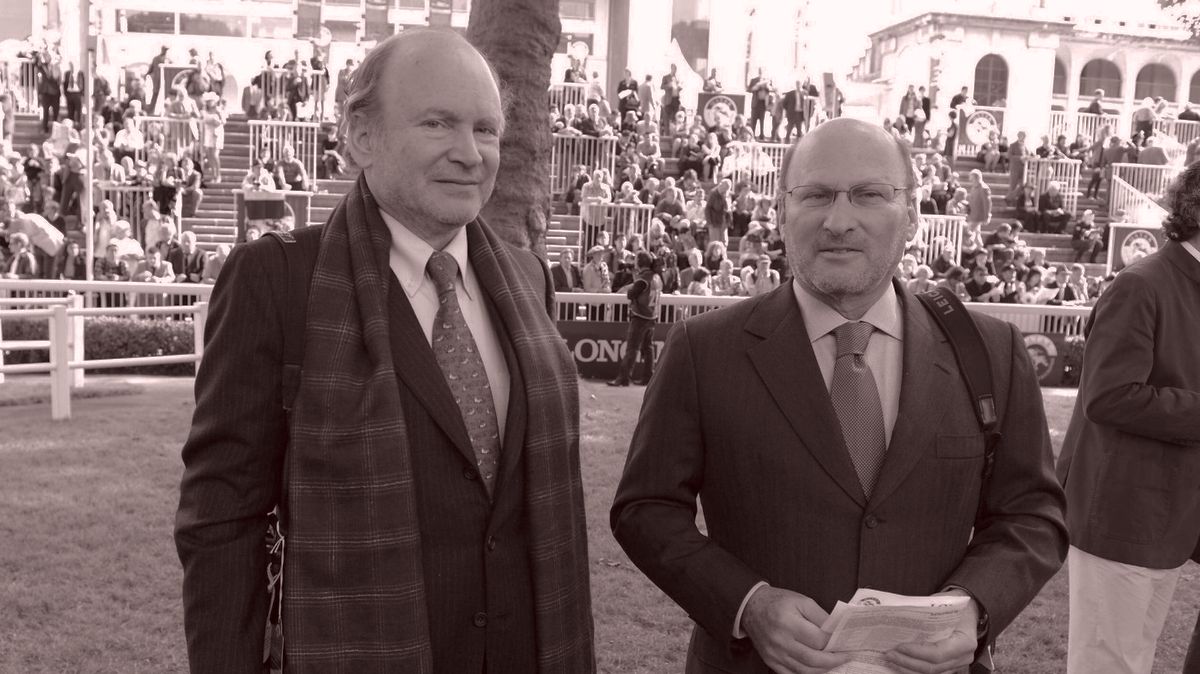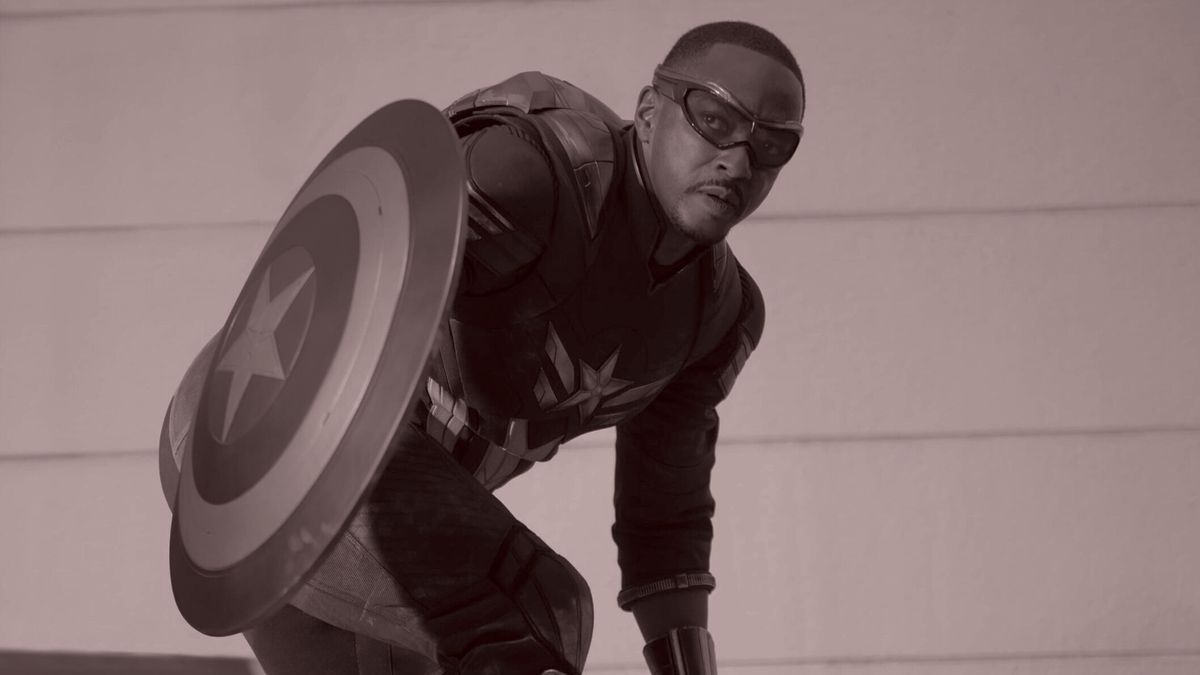Welcome back to Wall Power, where we’re diving into Americana
week here in New York. I’m Marion Maneker.
American art may no longer get the kind of attention it used to, but that doesn’t mean the quality has declined. Indeed, as the market’s shifted away from “brown furniture,” silver, and folk art toward art by overlooked creators and outsider art, the offerings have only become more interesting. This January, we’re seeing some of the final
installments of financier William Louis-Dreyfus’s outsider art collection, as well as some dealer stock from Just Folk, the gallery co-owned by sitcom producer Marcy Carsey. Tonight, I have a roundup of some of the fascinating works on offer this week, from a Thomas Cole painting to Paul Revere silver. And Julie Davich tells the story of dueling Declarations of Independence, one of which isn’t quite what the
clever marketing is making it seem.
But first…
|
- New year, new Sotheby’s: Head of global business development Mari-Claudia Jiménez is leaving, per an internal announcement today. She led, as she put it to her colleagues, “a coalition of highly skilled teams working closely with the specialist departments to identify and lead new business opportunities, generate significant revenue, and build an increasingly collaborative and dynamic culture.” But her most important role was landing the big estates that the company
desperately needs to thrive.
No news yet on who will replace Jiménez, a former art lawyer at Herrick Feinstein who served nearly a decade at Sotheby’s. (Apparently Jiménez has plans for a more entrepreneurial art world endeavor, to be announced at some future date.) Other lingering questions include who will take over handling the auction house’s fiduciary clients—i.e., the lawyers and bankers who decide which estates get sold where. At this stage of Sotheby’s turnaround, whoever
occupies that role will be a crucial player in the company. Also on deck for announcement is the structure of the Global Fine Art division. Who will lead the fine art specialists?
- See Saw covers FOG in San Francisco: I got a note last week from Ellen Swieskowski, the founder of the See Saw app, which I
use almost daily to keep track of gallery shows I want to see in New York. Over the past year, Ellen has embellished her listings and maps with museum and art fair information on a temporary basis, when a convening event activates in a city. There was, for instance, special coverage of Venice for the Biennale in April, London during Frieze, Paris during Art Basel Paris, and Miami for Art Basel Miami Beach. This week, the app features FOG art fair and the galleries and museums in San Francisco.
(The last time I posted about See Saw’s coverage, I got a note from James Crichton, the proprietor of Arthur Analytics, who wanted to point out that his app provides the same information on gallery openings and maps them, too.)
|
Now, here’s Julie with the dueling Declarations…
|
|
|

|
Julie Brener Davich
|
|
One of These Declarations Is Not Like the Others
|
This Thursday, two very different versions of the Declaration of
Independence will go head-to-head at Christie’s and Sotheby’s in New York. In its 10 a.m. Americana auction, Christie’s is offering the “The Jones Declaration of Independence,” a handwritten transcription of the original document that was produced in 1788—12 years after independence was declared. Then at 2 p.m., Sotheby’s New York is selling
“The Declaration of Independence: The July 1776 Exeter Broadside” in a single-lot auction—a sale strategy reserved for the rarest and most valuable objects that specialists are confident will spark a bidding war. Both documents have the same estimate ($2 million), but they couldn’t be more different.
By way of background, the auction market for foundational American documents (as in, documents related to the nation’s founding) has exploded since November 2021, when Sotheby’s sold a historic first printing of the U.S. Constitution for $43.2 million. Sotheby’s had offered the document in a single-lot auction before its contemporary art evening sale—a strategy that opened up the sale to a much broader audience than it would otherwise have attracted.
That night, hedge fund manager Ken Griffin won the bidding after an eight-minute battle, beating out a cohort of 17,000 cryptocurrency enthusiasts calling themselves ConstitutionDAO.
Then, in another headline-grabbing sale this past October, Brunk Auctions in Asheville, North Carolina, sold an original printed, signed archetype of the Constitution for more than $11 million to an anonymous buyer.
“There is enormous interest in this field,” independent appraiser and advisor Tom Lecky told me. “Dealers and auction houses are chasing it.” As a 17-year veteran of Christie’s, he would know.
As for the Declarations of Independence on offer this week: Christie’s version is named for Samuel Jones, New York’s first comptroller, who transcribed the document. (His name might be familiar to locals as the namesake of Great Jones Street. Cornelia Street is named for his wife.) In the lot notes, Christie’s describes him as an “unsung hero of the early Republic,” for helping to broker a compromise that paved the way for New York’s 1788
ratification of the Constitution.
But what Christie’s is actually selling is a handwritten copy of New York’s 1777 Constitution, a 39-page document that happens to include the full text of the Declaration of Independence. Jones likely transcribed it for the state’s ratification convention, in 1788, to be referenced or read aloud. So while it’s notable as the earliest known complete
manuscript of New York’s first constitution, I would not call it a “Declaration of Independence,” per se. Yet, given the demand for foundational American documents, it’s understandable—and even brilliant—that Christie’s is attempting such a marketing coup. I don’t know what price a document promoted as “The Earliest Known Complete Manuscript of New York’s 1777 Constitution, Including the Declaration of Independence, from the State’s 1788 Ratification Convention” would command… but probably
not $2 million.
Meanwhile, the document on offer at Sotheby’s is a rare printing of the Declaration of Independence from July 1776, the same month independence was declared. It last sold at Christie’s in April 2021 for $930,000, so its $2 million estimate demonstrates the impact that $43.2 million Constitution had on the market. The Exeter Broadside was printed by Robert Luist Fowle of Exeter, New Hampshire, and it’s one of only 10
remaining copies—most of which are in institutional collections—and one of only two to appear at auction in the past century. “It’s incredibly real and immediate when you think of these individuals in 1776 working furiously to reproduce these documents,” said Dr. Kalika Sands, Sotheby’s head of books and manuscripts, Americas, “so people would know they are now part of the United States of America.”
|
|
|
And now, on to the main event…
|
|
|
Formerly a musty shopping spree (brown furniture, silverware,
weather vanes) for the Boston Brahmin set, the American art sales this week in New York will offer works by revered landscape and natural history painters such as Thomas Cole and Albert Bierstadt, as well as a trove of outsider art from the collection of William Louis-Dreyfus.
|
|
|
American Art Week in New York is the traditional reopening of
the auction world each January—coincidentally timed, this year, with another American tradition that just took place in D.C. The sales landscape for American art has evolved with the country itself: Once a bastion of Main Line and Boston Brahmin respectability—all pie-crust tables and animal-themed weather vanes—the sales now feature works from some of the great American landscape and natural history painters of the 19th century, like Thomas Cole, Thomas Moran,
Albert Bierstadt, and Martin Johnson Heade. For example, Cole’s Mount Chocorua, New Hampshire has the highest estimate among the single-owner collection of 43 American paintings on offer at Christie’s this week. At $800,000, the estimate
sets up the potential for a new record auction price, which currently stands at $1.4 million, although there have been private sales of Cole’s work at prices into the eight figures.
A year ago at Christie’s, Cattleya Orchid with Two Brazilian Hummingbirds from 1871—an otherworldly botanical image by Heade—sold for an astonishing $3.4 million, the highest price paid for a Heade since his record of $5.8 million was established in 2015. Naturally,
that sale has brought a number of other Heade works, including sunset landscapes, to market this year. There are seven in these sales, including Hummingbirds and Gold and Purple Orchids (from 1875, when the artist was in Costa Rica), estimated at $1.2 million, backed by an irrevocable bid.
Heade painted only about 40 canvases with hummingbirds, one of which is at the Metropolitan Museum of Art.
|
Adolf Wölfli, The Great St. Adolf-Star (1923), estimated at $40,000
|
The majestic Bierstadt is meanwhile represented by 12 different
works, but the top two are at Christie’s: A Rest on the Ride, from 1865, estimated at $800,000; and Yosemite, from 1863, estimated at $700,000. Both estimates are a far cry from
the sale price of the twice-as-large Yosemite Valley, which made more than $7 million in 2003.
Three small Venetian scenes by Thomas Moran, ranging in estimate from $60,000 to $120,000, are also in these
sales. In the past few years, two Moran Venice scenes have made about half a million dollars each, although they were twice as wide as the ones for sale this week. For fans of the artist’s more popular Western views, Grand View Trail, from 1904, is being offered with an estimate of $600,000. That one’s been in the same family for nearly 40 years.
The above artists are now joined in the American art category by Edmonia Lewis, a sculptor of African American and indigenous descent who first came to fame depicting abolitionist leaders. Last year, Lewis’s Hiawatha’s Marriage sold for $1.6 million at Sotheby’s. The Bride of Spring, from 1879, is
estimated at $300,000, and Young Octavian, from 1866, is estimated at $80,000.
Another new
twist on Americana Week is that it now includes far more Western art. At Sotheby’s, for instance, there’s been a string of successes with Eanger Irving Couse’s 19th century depiction of the indigenous inhabitants of New Mexico. Twilight, Taos Pueblo, from 1913 and estimated at $400,000, comes to
market after two Couse works have sold for more than $800,000 in the past two years.
|
The category still has its share of carved claw-foot dressing
tables and Chippendale block-and-shell chests of drawers, though the prices are not what they once were. This Queen Anne chest of drawers made in Philadelphia in the mid-18th century, for instance, is on offer with an estimate of $40,000—not a lot of money in the high-end decorating world. A dozen years ago, it sold at Christie’s for $153,750, or about $200,000 today.
It will be interesting to see if the seller gets their money out. (At some point, some cool decorator is going to get people to buy these things as sculptures.)
In a similar vein, Sotheby’s has three different pieces of Paul Revere silver on offer. Yes, that Paul Revere, who—some may not remember from their American history class—was a silversmith. The three pieces are a creamer,
estimated at $30,000; a teapot, estimated at $150,000; and a coffee pot, estimated at $500,000.
Finally, Americana has always contained a great deal of folk art. Early America lacked the artistic talent and cultural heritage to develop truly accomplished fine artists (though there were more
than we sometimes think, and they all spent significant amounts of time in Europe). Still, American homes craved adornment and decoration for all of the same reasons as European ones. Portraits by Ammi Phillips, Sheldon
Peck, and Ruth Whittier Shute illustrate this point. Historical themes like George Washington’s surprise attack from Valley Forge are also represented by Edward Hicks.
|
Gil Batle, Untitled, estimated at $5,000
|
Today, the folk art tradition in Americana embraces the category of “outsider art,”
or works of art made by those without training or exposure to art history. It has taken five years for Christie’s to parcel out works from the William Louis-Dreyfus Foundation. This season, there are works by Bill Traylor, Thornton Dial, Clementine Hunter, and Nellie Mae Rowe, as well as many
others, including this Adolf Wölfli work. I was particularly interested to see that Louis-Dreyfus, the late father of actress Julia Louis-Dreyfus, had one of Gil Batle’s ostrich eggs,
carved with scenes from the artist’s life in some of America’s most brutal prisons. (There is another Batle-carved egg in the sale, not from Louis-Dreyfus.) These mind-blowing works are estimated at only $5,000.
|
|
|
The battle for Artnet is heating up and coming down to the
wire. When last we left it, the Neuendorfs were under pressure to schedule an annual general meeting of shareholders before the end of February. (Since the meeting is normally held in August, this would be the 2024 A.G.M.) Yesterday, it was announced that the meeting will indeed be held in Berlin on February 27. What’s on the agenda? A whole new slate of directors, expanding the board to five members, including Sophie Neuendorf, representing the family, and
Rüdiger Weng, who is the largest shareholder through his company, Weng Fine Art, and his own personal ownership of shares.
Founder Hans Neuendorf is retiring from the company at 88 years old. But that only opens new fronts in the war. Five board members, or three? Which board members, and why? And, perhaps most important, how much new capital to raise, and who gets
to spend that money to secure Artnet’s future?
Tomorrow in the Inner Circle email, I will look at all of these questions—and more. (You can upgrade here, if you’re not already a member.)
That’s it for today,
M
|
|
|
Puck founding partner Matt Belloni takes you inside the business of Hollywood, using exclusive reporting and
insight to explain the backstories on everything from Marvel movies to the streaming wars.
|
|
|
The ultimate fashion industry bible, offering incisive reportage on all aspects of the business and its biggest
players. Anchored by preeminent fashion journalist Lauren Sherman, Line Sheet also features veteran reporter Rachel Strugatz, who delivers unparalleled intel on what’s happening in the beauty industry, and Sarah Shapiro, a longtime retail strategist who writes about e-commerce, brick-and-mortar, D.T.C., and more.
|
|
|
Need help? Review our FAQ page or contact us for assistance. For brand partnerships, email ads@puck.news.
You received this email because you signed up to receive emails from Puck, or as part of your Puck account associated with . To stop receiving this newsletter and/or manage all your email preferences, click
here.
|
Puck is published by Heat Media LLC. 107 Greenwich St, New York, NY 10006
|
|
|
|

